detail profile stanislav grof
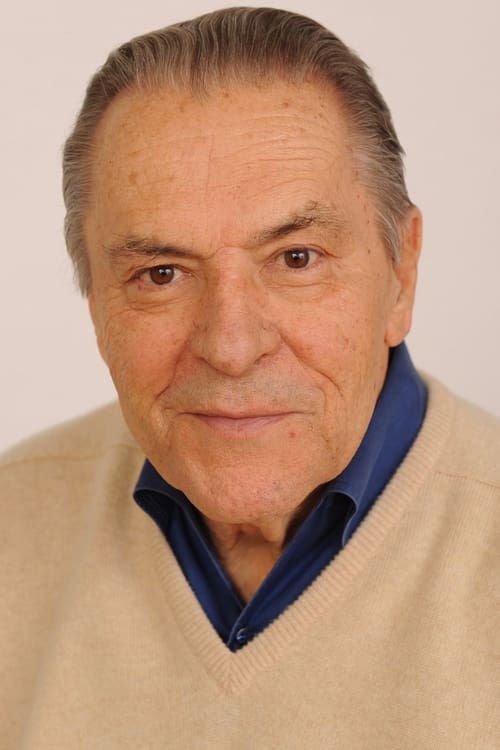
Stanislav Grof
MUDr. Stanislav Grof
atau dikenal sebagai
Riwayat Hidup
Stanislav "Stan" Grof is an American psychiatrist.
Grof is one of the principal developers of transpersonal psychology and research into the use of non-ordinary states of consciousness for purposes of psychological healing, deep self-exploration, and obtaining growth and insights into the human psyche.
Info Pribadi
Peran Yang Di Mainkan Stanislav Grof
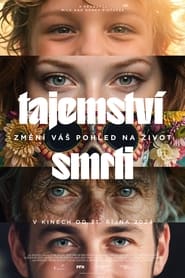 This featurelength documentary embarks on an...
This featurelength documentary embarks on an...The Secret of Death 2024
This feature-length documentary embarks on an adventurous journey to questions about death and the fear associated with it. Through Jaroslav Dušek's acting guide, he explores how we can use and control people's behavior through fear of death. The film looks at various cultural approaches to the topic of death, including those that do not perceive death as a scarecrow. Modern science, like traditional wisdom, offers alternative perspectives on death that can change our understanding of life. Through the personal stories of people who have overcome their fear of death, the film shows us that our approach to death can affect the quality of our lives.
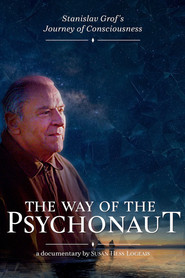 The Way of the Psychonaut explores...
The Way of the Psychonaut explores...The Way of the Psychonaut 2020
The Way of the Psychonaut explores the life and work of Stanislav Grof, Czech-born psychiatrist and psychedelic psychotherapy pioneer. Stan’s quest for knowledge and insights into the healing power of non-ordinary states of consciousness, influenced the discipline of psychology and profoundly changed many individual lives. One of those transformed by Stan is filmmaker Susan Hess Logeais. The documentary utilizes Susan’s personal existential crisis as a gateway to Grof’s impact, from the micro to the macro.
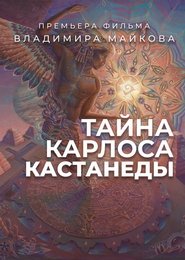 Carlos Castaneda 19251998 has been called the...
Carlos Castaneda 19251998 has been called the...The Secret of Carlos Castaneda 2018
Carlos Castaneda (1925–1998) has been called the “godfather” of the human potential movement. In this film, Castaneda’s closest apprentices—in addition to contemporary practitioners of spiritually-oriented psychology—discuss his quest to become real.
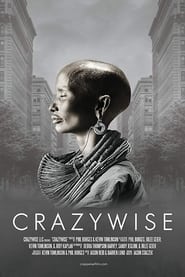 Western culture treats mental disorders primarily...
Western culture treats mental disorders primarily...Crazywise 2017
Western culture treats mental disorders primarily through biomedical psychiatry, but filmmakers Phil Borges and Kevin Tomlinson reveal a growing movement of professionals and survivors who are forging alternative treatments that focus on recovery and turning mental “illness” into a positive transformative experience.
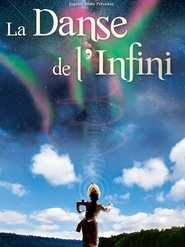 True happiness is based on the...
True happiness is based on the...The Dance of Infinity 2015
True happiness is based on the realized life and development of humanity to the Highest. The film tells us about the Great Search for Paradise, Happiness, Love, Truth, Freedom, Holiness, Joy, Knowledge, Creativity and High Perfection carried out by humanity.
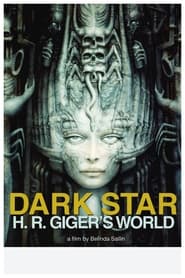 An account of the life and...
An account of the life and...Dark Star: H. R. Giger's World 2014
An account of the life and work of Swiss painter, sculptor, architect and designer H. R. Giger (1940-2014), tormented father of creatures as fearsome as they are fascinating, inhabitants of nightmarish biomechanical worlds.
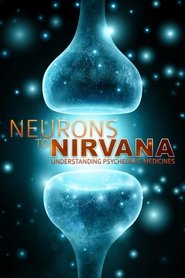 Through interviews with leading psychologists and...
Through interviews with leading psychologists and...Neurons to Nirvana 2013
Through interviews with leading psychologists and scientists, Neurons to Nirvana explores the history of four powerful psychedelic substances (LSD, Psilocybin, MDMA and Ayahuasca) and their previously established medicinal potential. Strictly focusing on the science and medicinal properties of these drugs, Neurons to Nirvana looks into why our society has created such a social and political bias against even allowing research to continue the exploration of any possible positive effects they can present in treating some of today's most challenging afflictions.
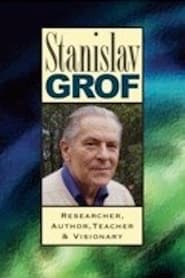 This documentary traces Stans phenomenal fiftyyear...
This documentary traces Stans phenomenal fiftyyear...Stanislav Grof: Researcher, Author, Teacher, and Visionary 2011
This documentary traces Stan’s phenomenal fifty-year career as consciousness researcher from his early research on psychedelics, to the birth of the transpersonal movement, to Holotropic Breathwork. Highlights include Grof’s first psychedelic experience and its impact on his life and career, his days at Esalen Institute as a Scholar-in-Residence, and his insights into non-ordinary states and their potential for healing and transformation. Included are interviews with Stan, his wife and partner Christina Grof, and UCI researcher Charles Grob, MD, and archival photographs with friends, colleagues, and prominent teachers and visionaries.
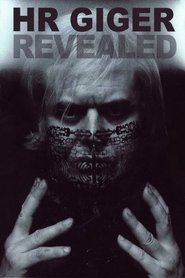 The film offers a unique insight...
The film offers a unique insight...H.R. Giger Revealed 2010
The film offers a unique insight into the world of Giger's creation and his private life. In addition to the interview with the artist himself, a considerable part of the documentary is formed by interviews with personalities such as Ernst Fuchs, Stanislav Grof and Debbie Harry. Though the authors do not avoid particular developmental periods of Giger's work, the main purpose was not to create the artist's biography. In this case, it is more likely considered to be an authentic perspective on the peculiar world of this Swiss surrealist artist.
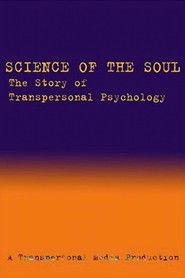 The definitive documentary history of the...
The definitive documentary history of the...Science of the Soul: The Story of Transpersonal Psychology 2007
The definitive documentary history of the Transpersonal Psychology movement. Includes interviews with many of the field's luminaries such as co-founder of the field, Stanislav Grof, as well as Charles T. Tart, Frances Vaughan, James Fadiman, Miles Vich, and many others.
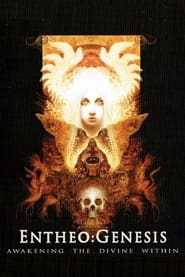 A feature length documentary which invites...
A feature length documentary which invites...Entheogen: Awakening the Divine Within 2006
A feature length documentary which invites the viewer to rediscover an enchanted cosmos in the modern world by awakening to the divine within. The film examines the re-emergence of archaic techniques of ecstasy in the modern world by weaving a synthesis of ecological and evolutionary awareness,electronic dance culture, and the current pharmacological re-evaluation of entheogenic compounds.
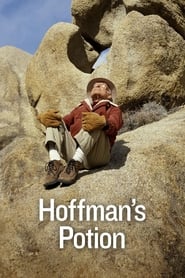 Long before Timothy Leary urged a...
Long before Timothy Leary urged a...Hofmann's Potion: The Pioneers of LSD 2002
Long before Timothy Leary urged a generation to "tune in, turn on and drop out," lysergic acid diethylamide, or LSD, was being used by researchers trying to understand the human mind. This documentary is a fascinating look at the story of "acid" before it hit the streets. Featuring interviews with many LSD pioneers, Hofmann's Potion is much more than a simple chronicle of the drug's early days. With thoughtful interviews, beautiful music and stunning cinematography, it is an invitation to look at LSD, and our world, with a more open, compassionate mind.
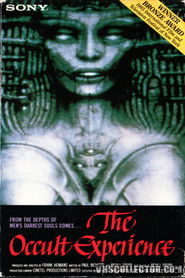 An examination of occultism as practiced...
An examination of occultism as practiced...The Occult Experience 1985
An examination of occultism as practiced in different parts of the world.
 What is the meaning of life...
What is the meaning of life...